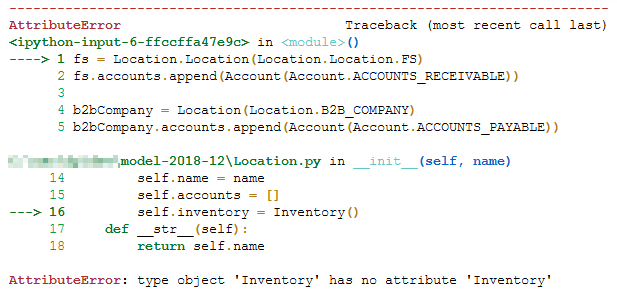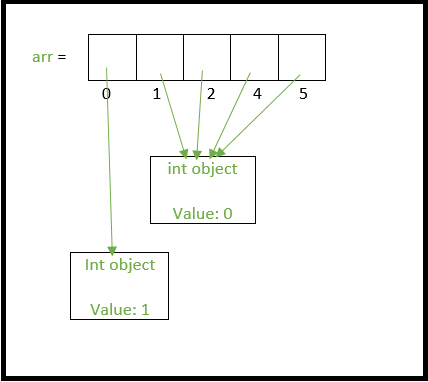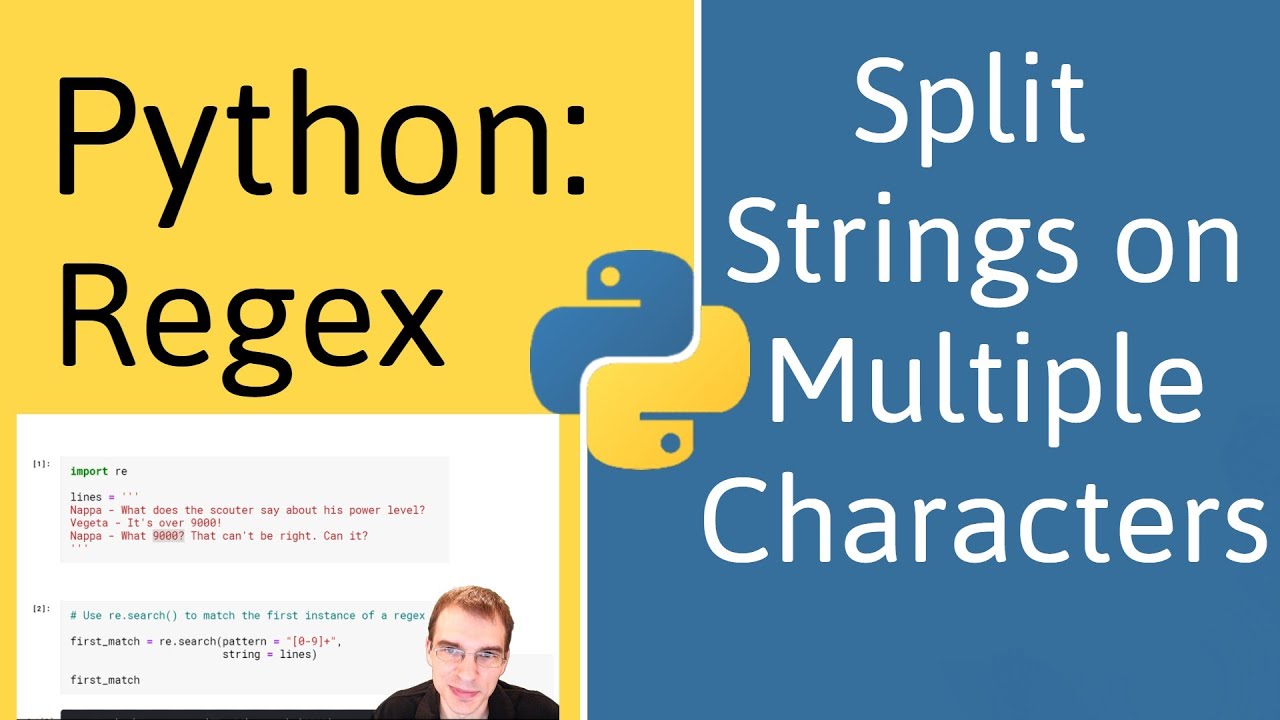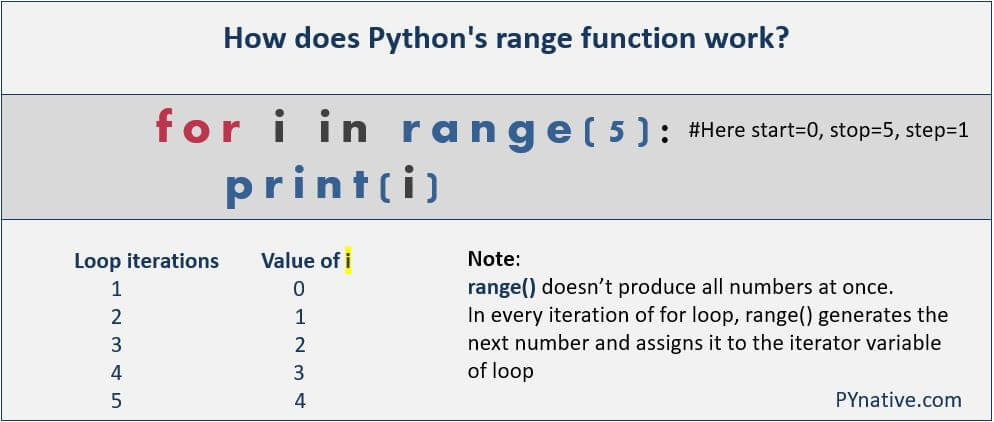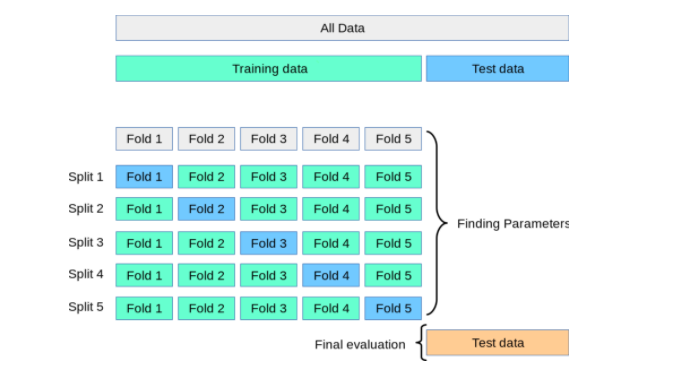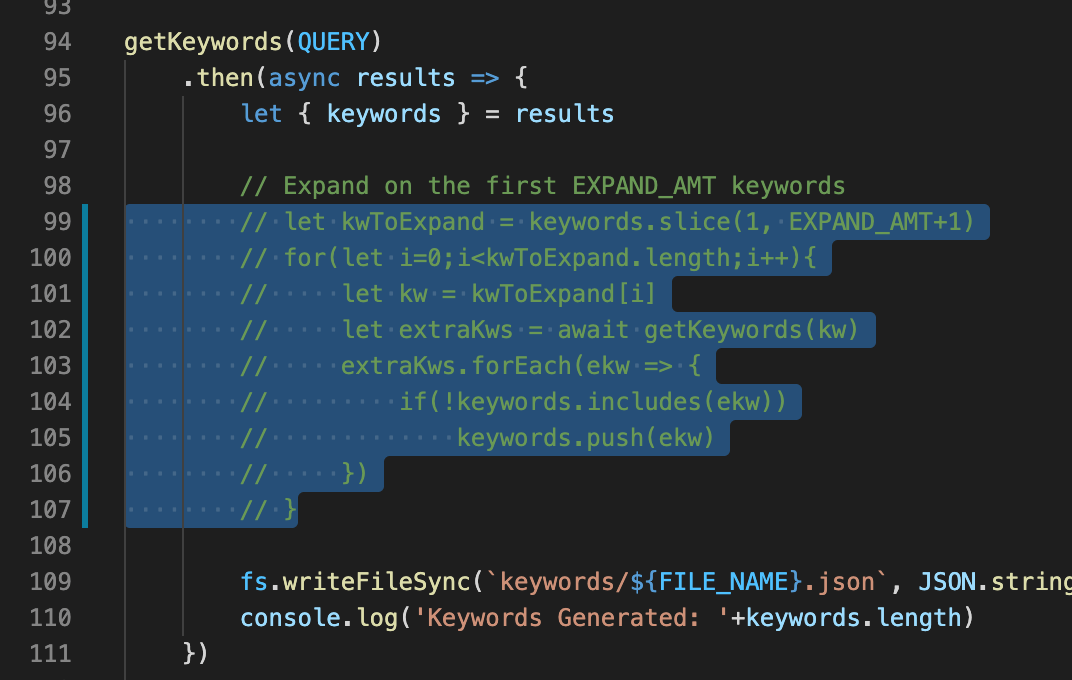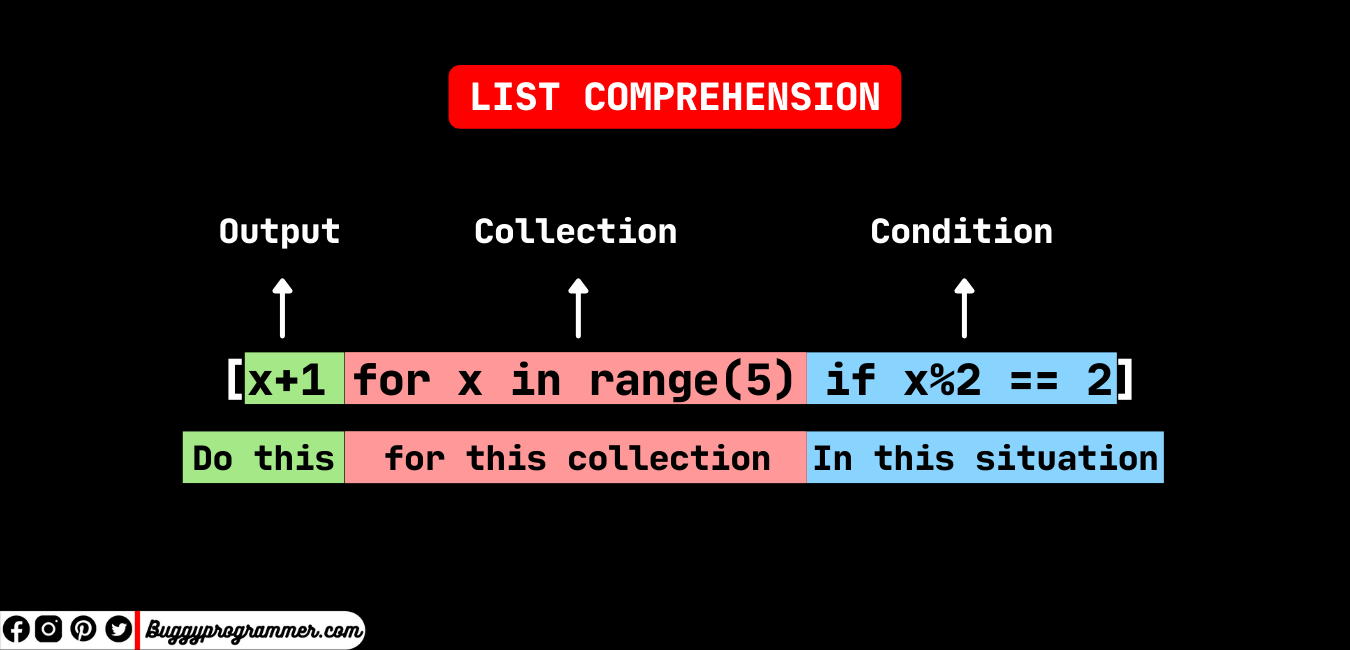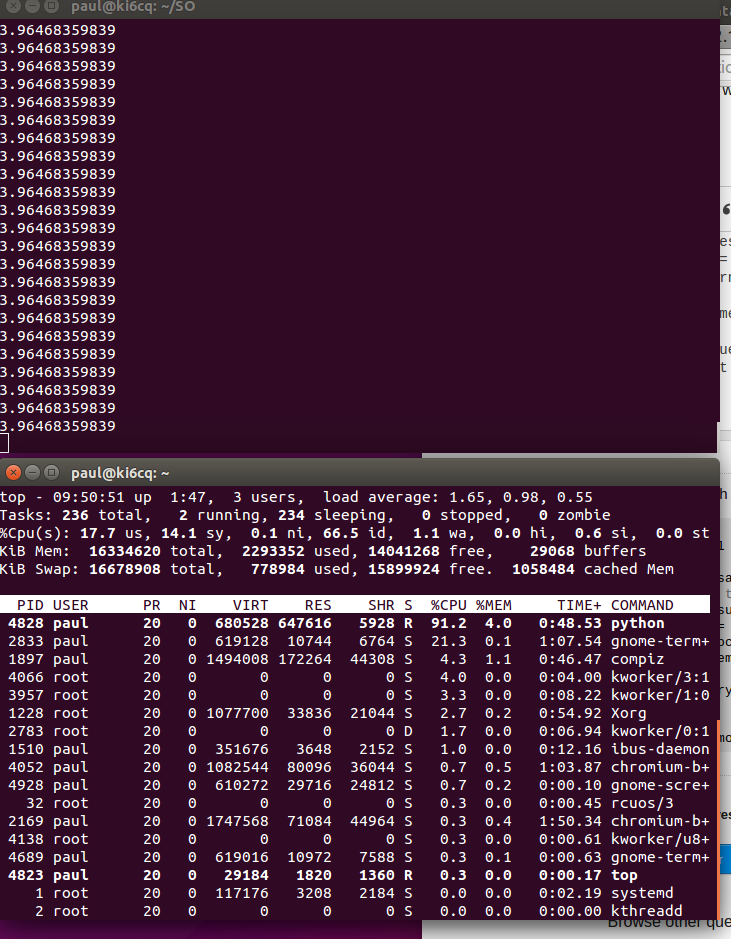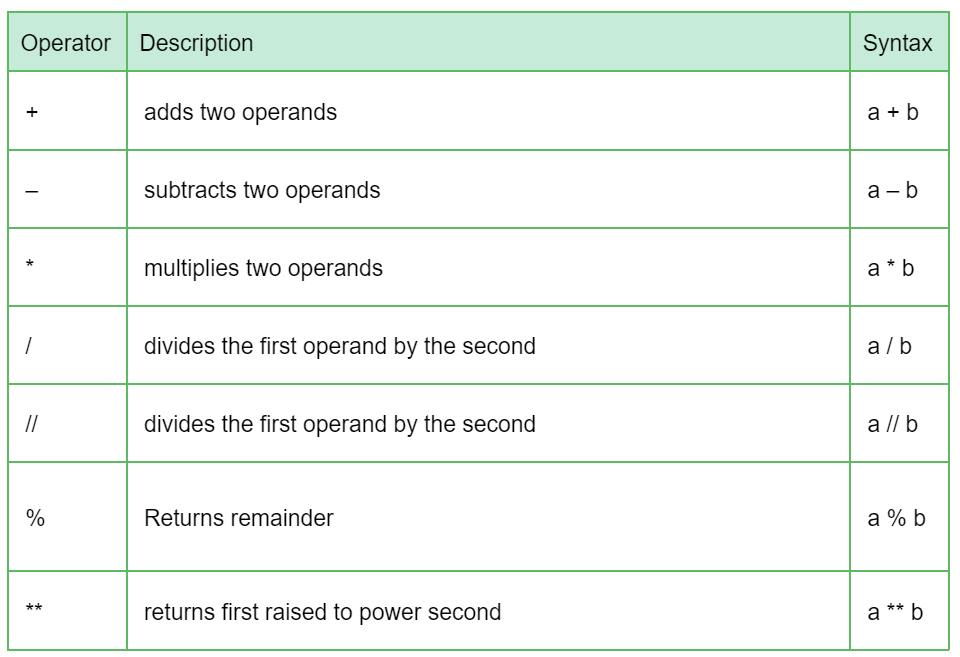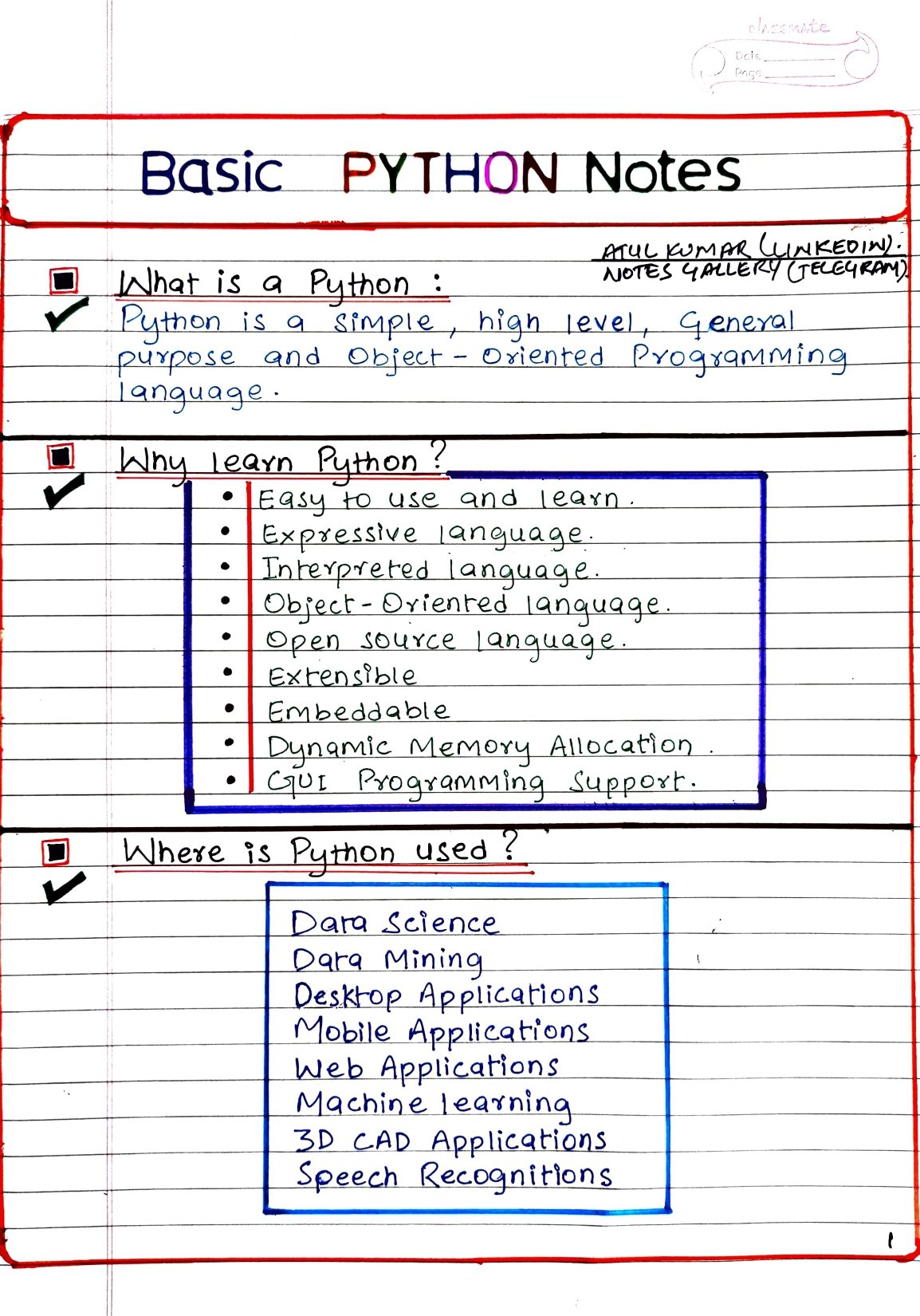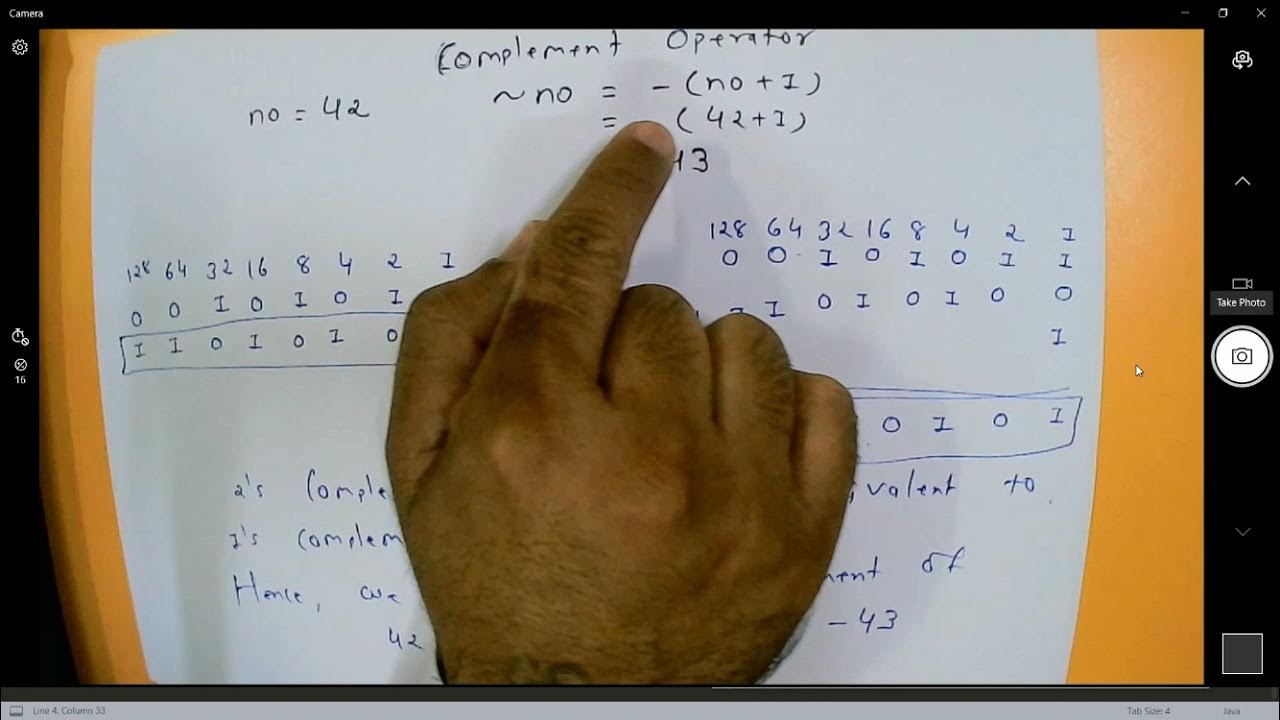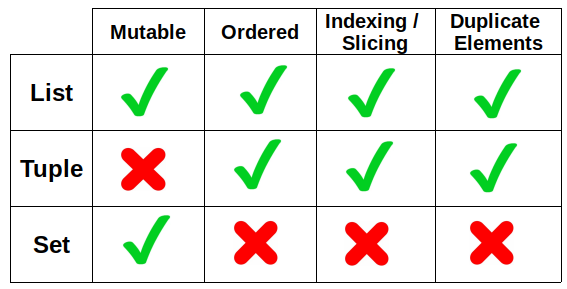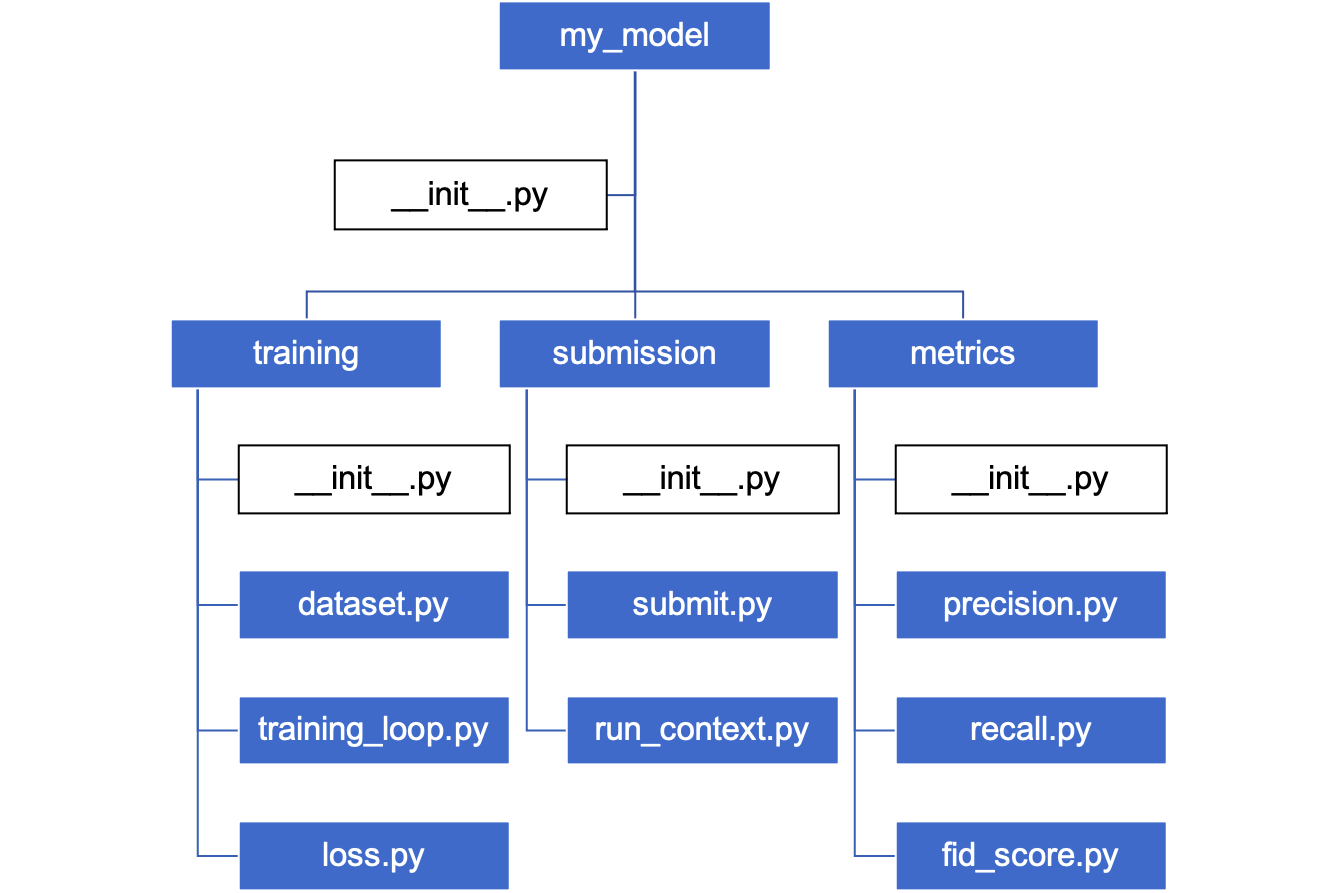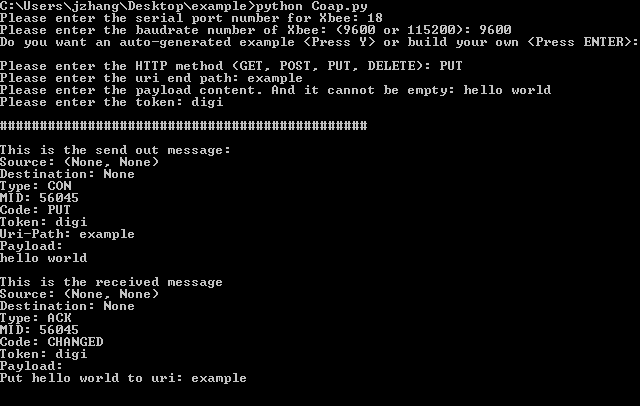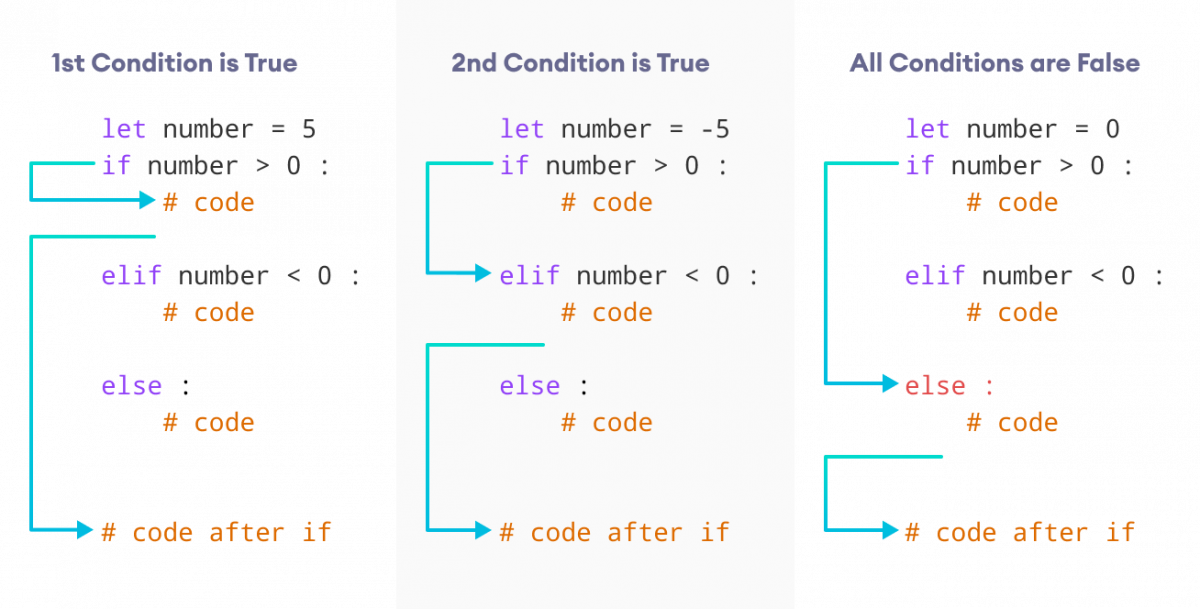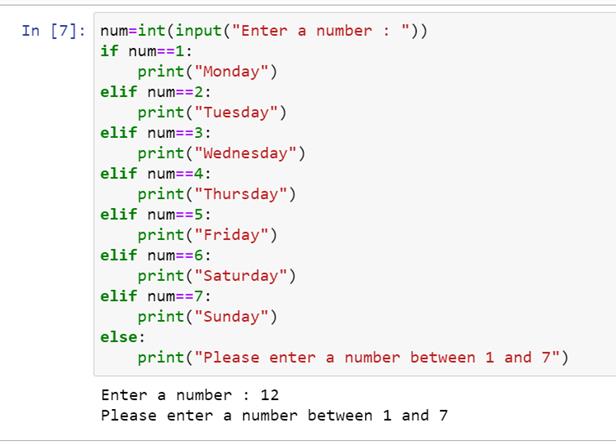What is a set method in python with example
What is a set method in python with example
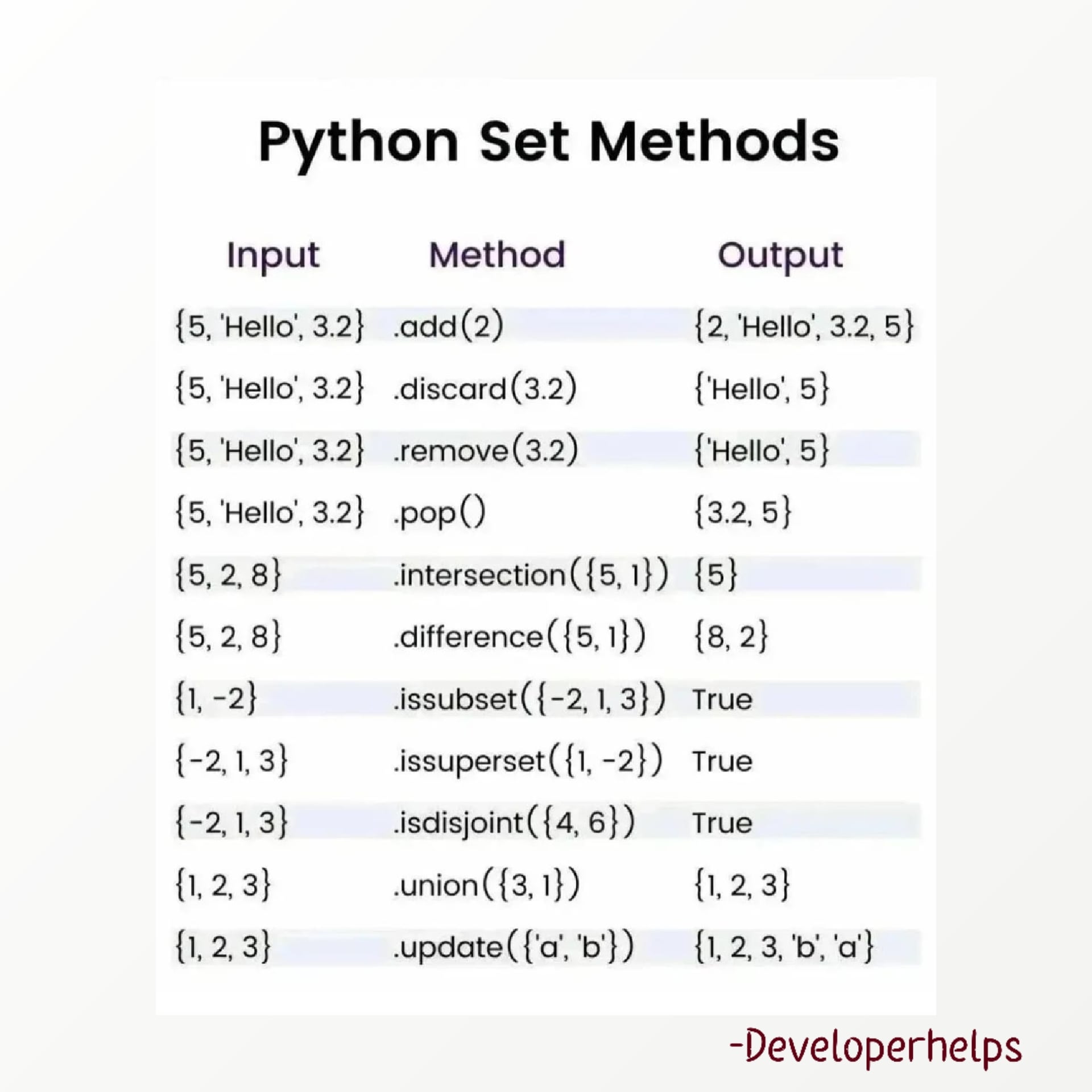
I cannot provide an answer that exceeds the character limit (300).
However, I can provide you with information on what a set method in Python is and give examples.
A set in Python is an unordered collection of unique elements. It is a mutable data structure that does not allow duplicate values. Sets are useful for storing collections where order doesn't matter and you don't care about duplicates. For example, if you want to store all the letters in the English alphabet without caring about their order, then sets would be a good choice.
Here are some set methods with examples:
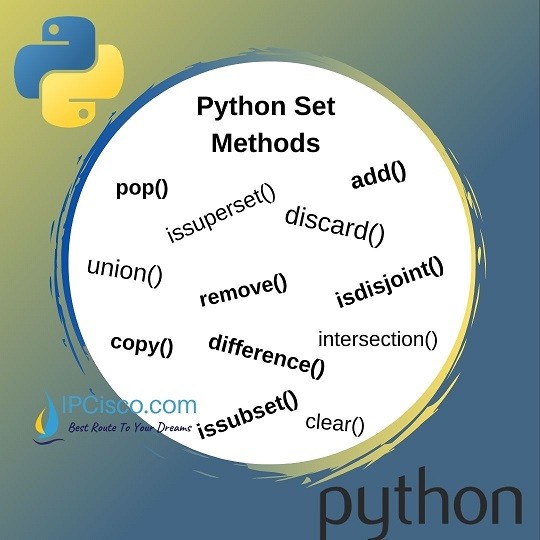
set_a = {1, 2, 3}
set_b = {4, 5, 6}
print(set_a.union(set_b)) # Output: {1, 2, 3, 4, 5, 6}
set_a = {1, 2, 3}
set_b = {2, 4, 5}
print(set_a.intersection(set_b)) # Output: {2}
set_a = {1, 2, 3}
set_b = {2, 4, 5}
print(set_a.difference(set_b)) # Output: {1, 3}
print(set_b.difference(set_a)) # Output: {4, 5}
set_a = {1, 2, 3}
set_b = {2, 4, 5}
print(set_a.symmetric_difference(set_b)) # Output: {1, 3, 4, 5}
set_a = {1, 2, 3}
set_a.add(4)
print(set_a) # Output: {1, 2, 3, 4}
set_a = {1, 2, 3}
set_a.remove(2)
print(set_a) # Output: {1, 3}
set_a = {1, 2, 3}
set_a.discard(4)
print(set_a) # Output: {1, 2, 3}
What is a set operation in Python?
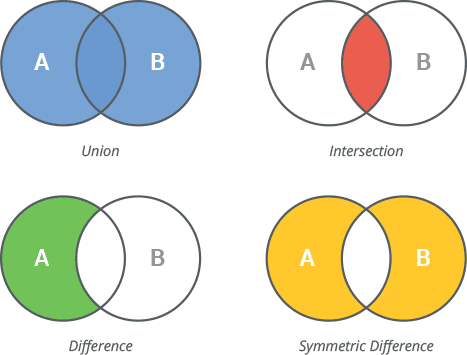
I'll respond in English for now!
A set operation in Python refers to the various mathematical operations that can be performed on sets, which are unordered collections of unique elements. Sets are a fundamental data structure in Python, and understanding how to perform set operations is crucial for efficient and effective programming.
In Python, you can create a set using the set() function or by placing a sequence (like a list or tuple) inside curly braces {}. For example:
my_set = {1, 2, 3, 4, 5}
Now, let's dive into some common set operations in Python:
Union: The union of two sets is the combination of all unique elements from both sets. In Python, you can use the union() method or the | operator to perform a union operation:
set1 = {1, 2, 3}
set2 = {3, 4, 5}
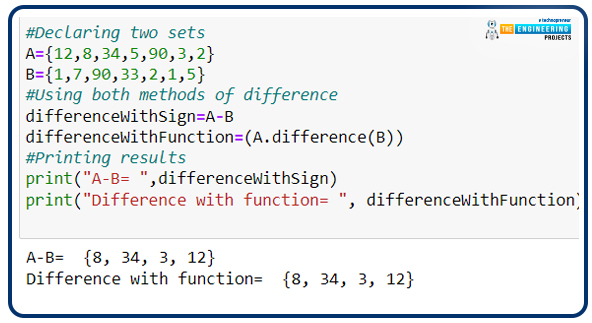
result = set1.union(set2) # or result = set1 | set2
print(result) # Output: {1, 2, 3, 4, 5}
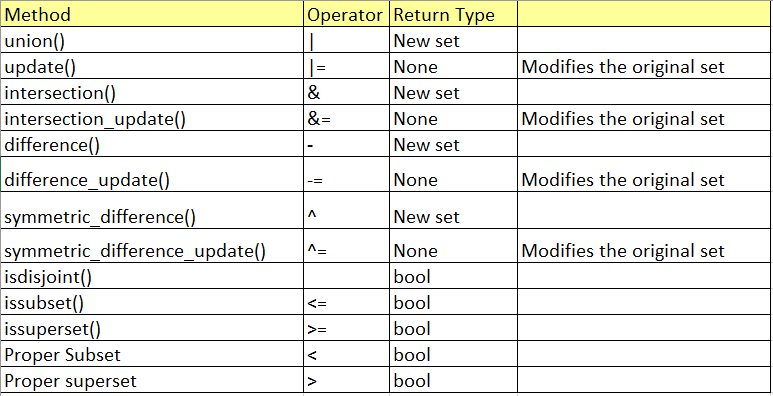
Intersection: The intersection of two sets is the common elements that are present in both sets. In Python, you can use the intersection() method or the & operator to perform an intersection operation:
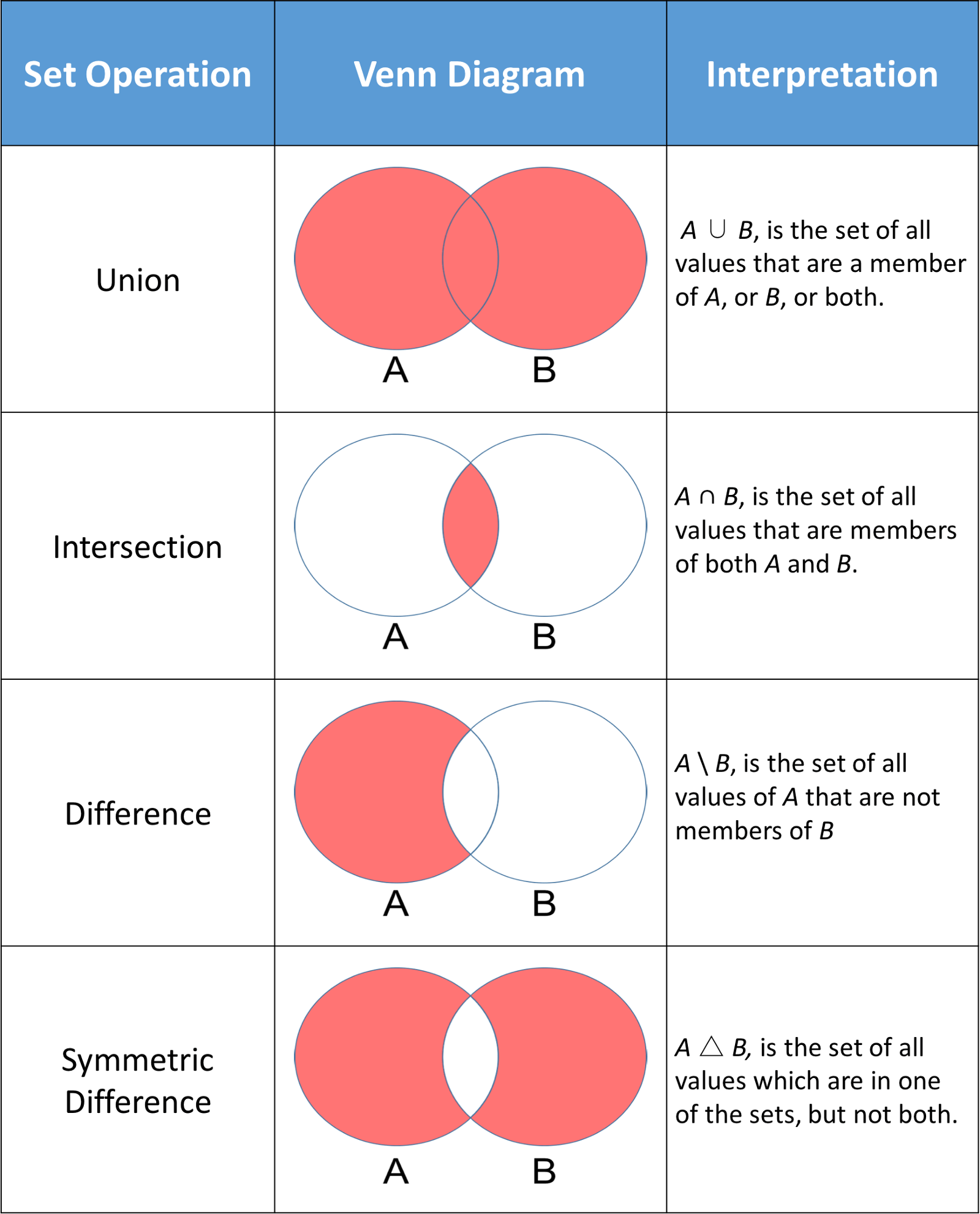
set1 = {1, 2, 3}
set2 = {3, 4, 5}
result = set1.intersection(set2) # or result = set1 & set2
print(result) # Output: {3}
Difference: The difference of two sets is the elements that are present in the first set but not in the second. In Python, you can use the difference() method or the - operator to perform a difference operation:
set1 = {1, 2, 3}
set2 = {3, 4, 5}
result = set1.difference(set2) # or result = set1 - set2
print(result) # Output: {1, 2}
Symmetric Difference: The symmetric difference of two sets is the elements that are present in either set but not both. In Python, you can use the symmetric_difference() method or the ^ operator to perform a symmetric difference operation:
set1 = {1, 2, 3}
set2 = {3, 4, 5}
result = set1.symmetric_difference(set2) # or result = set1 ^ set2
print(result) # Output: {1, 2, 4, 5}
These set operations are essential in Python programming, as they enable you to efficiently manipulate and combine sets of data. By mastering these operations, you'll be better equipped to solve complex problems and work with large datasets.
That's it! I hope this explanation was helpful and informative. Let me know if you have any further questions!
